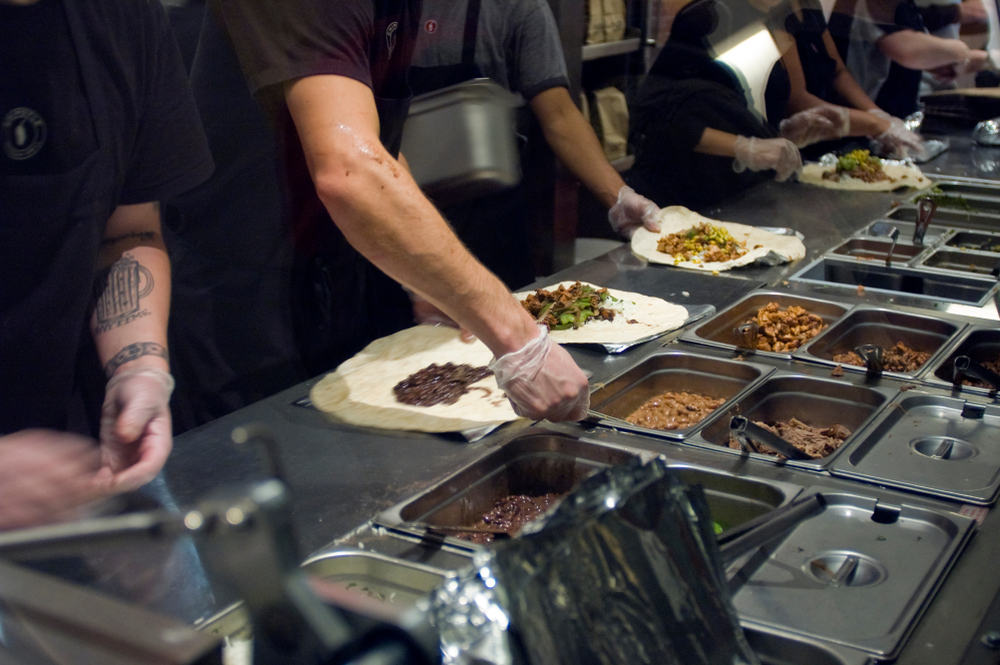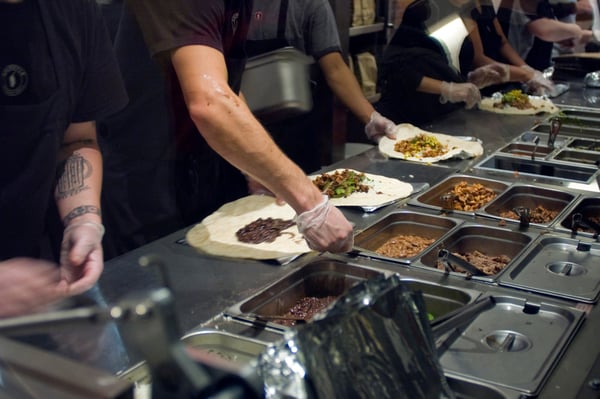Missouri Marketing Resource Blog

Omni-channel Marketing - The Chipotle of Advertising

Chipotle started something. In 1993, the first Chipotle restaurant opened in Denver, CO and gave diners something new. It wasn’t quite fast food, but it was fast. It wasn't quite a buffet, but you got to choose what foods to put on your plate. It wasn’t quite a formal sit-down restaurant, but the food was higher quality than a #1 cheeseburger & fries combo from a drive-thru. Chipotle launched a fast-casual restaurant concept around personalized dining. And patrons loved it. They gave diners a choice and allowed them to personalize their experience. Since then, that concept has revolutionized more than just the restaurant industry.
Personalized dining, or the build-your-own meal concept of fast-casual restaurants, is being rapidly adopted in pizza and salads...even pancakes. Why? Because consumers are individuals with unique tastes, and they want to be recognized as such. What may have started as a fun trend in dining is now found across business categories from banking and clothing to beauty and coffee. Consumers, especially millennials and younger demographics, want to be understood and given choices. They’re less okay with cookie-cutter options and they expect their purchasing and customer service experiences to be personalized to them. Hence, the growth of omni-channel marketing.
 Omni-channel marketing is more than just having lots of choices...it’s making sure those choices work together in a way that gives a consumer a unique experience with the brand, based on where they’ve seen an ad, what they’ve read or clicked on and what they’ve shown interest in. It’s marketing integration at it’s finest. Customer expectations are evolving and omni-channel marketing uses all the different ways a business communicates with its customers and prospects to create a seamless experience. One that is designed, not to simply promote a brand or push a sale, but to make that brand relevant, helpful and trusted. And people buy more from people they trust.
Omni-channel marketing is more than just having lots of choices...it’s making sure those choices work together in a way that gives a consumer a unique experience with the brand, based on where they’ve seen an ad, what they’ve read or clicked on and what they’ve shown interest in. It’s marketing integration at it’s finest. Customer expectations are evolving and omni-channel marketing uses all the different ways a business communicates with its customers and prospects to create a seamless experience. One that is designed, not to simply promote a brand or push a sale, but to make that brand relevant, helpful and trusted. And people buy more from people they trust.
It’s true that major brands have embraced this concept fully. Businesses like Target, Walgreens, Sephora and Bank of America are among the best at successful omni-channel marketing. They have leveraged a wide variety of tools from social media channels, website tools, marketing software, digital campaigns, traditional media like radio and magazine, and online content. So how can a local business, with a fraction of the multimillion-dollar budget of these national brands, capitalize on omni-channel marketing and make it work for them on a local level?
Start by mapping your customer’s buying journey. Analyze your customers, both the ones you have and the ones you want. Map out what their buying process looks like, where they go for information, what social media channels they spend time with, what stations they listen to, etc. Do more than just a demographic match of your target consumer. Try to also understand their buying habits and personal interests. Then figure out a way to make sure your brand is represented on those channels. Become easy to find and hard to ignore.
Then integrate those channels. Make sure that they are all interconnected so that a consumer who runs across your ad on Facebook recognizes what they see from the radio ads they heard. With a simple click, they can find your website and learn more. If they leave without purchasing, a targeted digital ad invites them back. Then an email lets them know about a special offer on the products they were looking at on your website. The chances now that a consumer will make a purchase go up significantly. In fact, studies show that marketers using 3 or more channels in marketing campaigns enjoy a consumer engagement and purchase rate that is 250% higher than those who only use one channel.
There’s an old mindset that seeks to test advertising by running a different offer on different channels to see which one works. That belief system is antiquated and is likely costing you money. With 81% of all retail shoppers starting their buying journey online, you can’t afford to have a fragmented marketing plan. You must synchronize your messages and present a seamless experience to the consumer. In fact, studies show that the opportunity cost of NOT being omnichannel is a 10% loss in revenue.
What started as a way to choose which meat and toppings you want on your burrito has become a standard of doing business across almost all industries. And the data points toward its success. The more your strategically selected marketing options work together to build an ongoing relationship with consumers, one that meets them where they are, the better off your results will be. Omnichannel marketing is no longer just an option for reaching consumers. For consumers, it’s an expectation.

